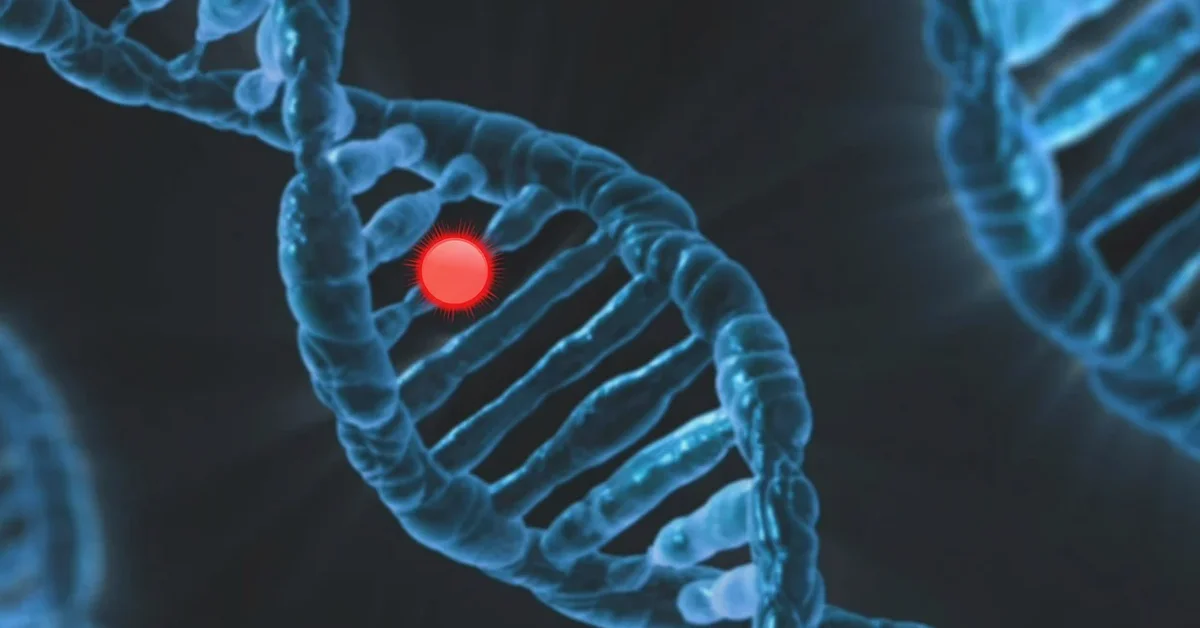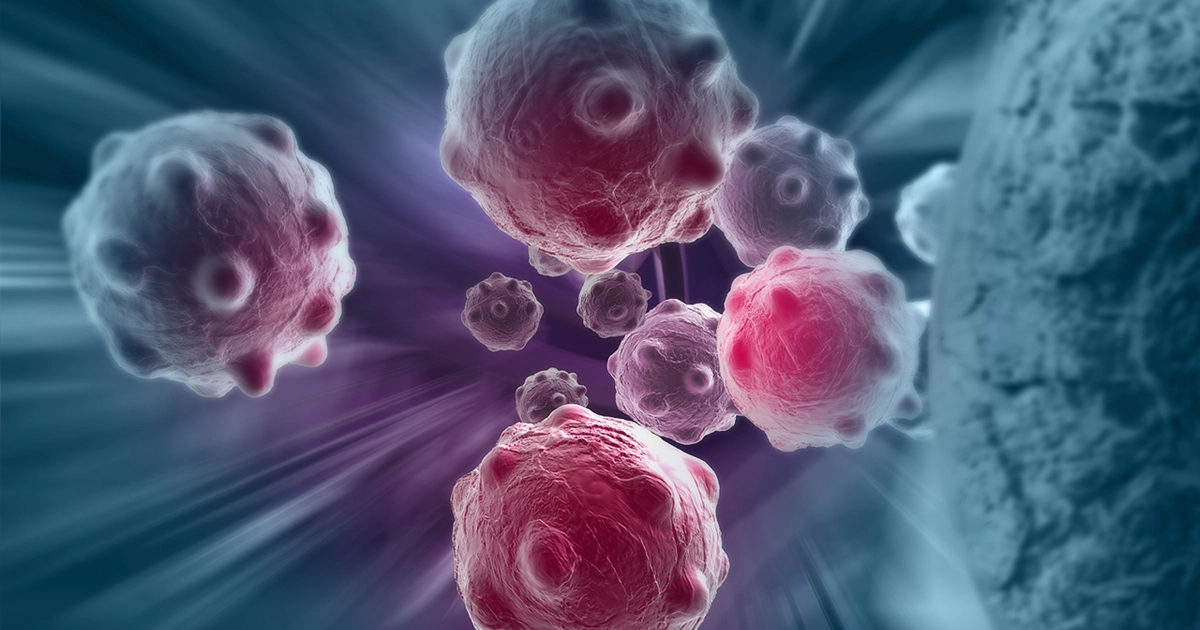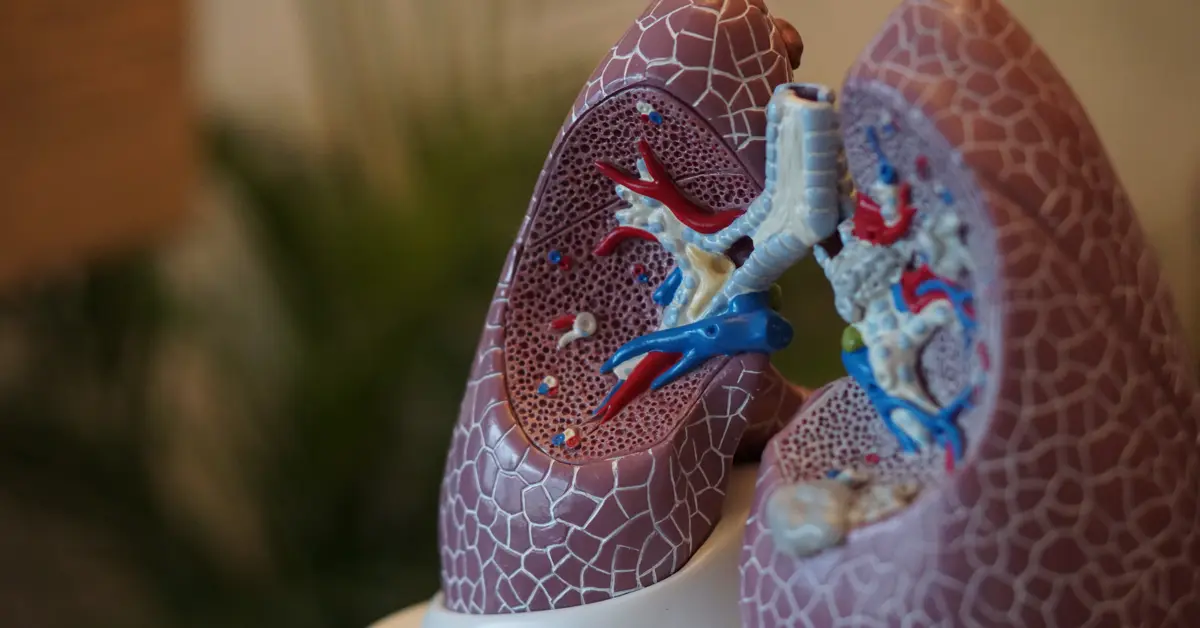Early detection and prognosis of colon cancer metastasis are critical for patient survival, yet remain challenging due to the interaction of clinical, pathological, and genetic factors.
We present a machine learning simulator that predicts 3-year mortality by integrating genomic, mutational, and clinical data, providing individualized risk scores to support oncologists and researchers.
This tool bridges clinical/genomic data with practical applications, helping improve prognosis assessment in metastatic colon cancer.
Healthcare professionals can test it with Neural Designer’s trial version.



